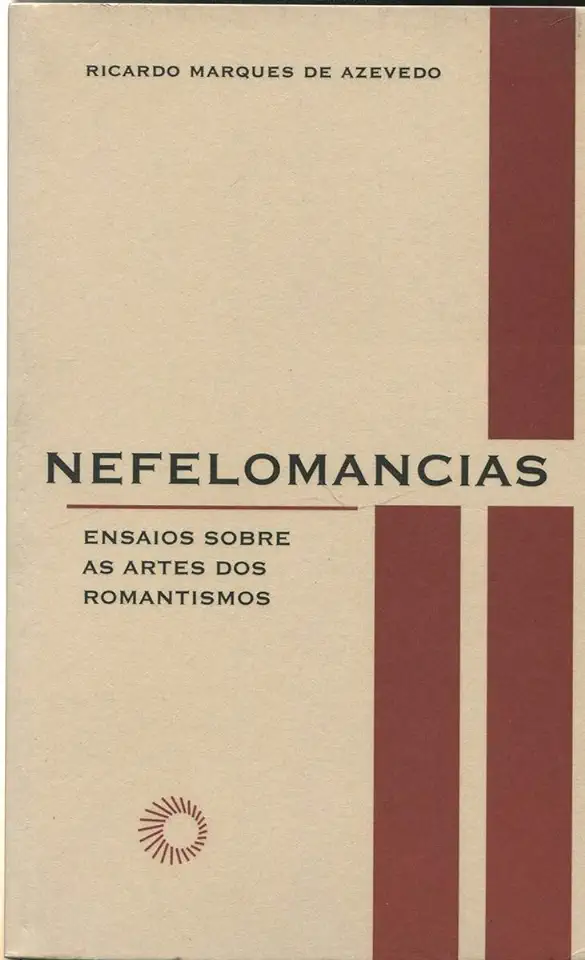
Nephelomancies: Essays on the Arts of Romanticism - Ricardo Marques de Azevedo
Nephelomancies: Essays on the Arts of Romanticism
In "Nephelomancies: Essays on the Arts of Romanticism," Ricardo Marques de Azevedo invites readers to embark on a captivating journey into the realm of Romanticism, a transformative era that left an indelible mark on the cultural landscape of the Western world. Through a series of insightful and thought-provoking essays, Azevedo delves into the essence of Romanticism, exploring its diverse manifestations in literature, music, and the visual arts.
A Tapestry of Romanticism
Azevedo's exploration of Romanticism begins with an examination of its origins and defining characteristics. He traces the movement's roots to the late 18th century, highlighting its rejection of Enlightenment rationalism and its embrace of emotion, imagination, and the individual. Azevedo argues that Romanticism was not merely a literary or artistic movement, but a comprehensive worldview that permeated all aspects of life, from philosophy to politics to everyday experience.
Romanticism in Literature
One of the most significant contributions of Romanticism was its profound impact on literature. Azevedo dedicates several essays to analyzing the works of renowned Romantic poets, such as William Wordsworth, Samuel Taylor Coleridge, and John Keats. He examines their use of language, imagery, and symbolism to evoke the sublime and the transcendent, and explores the ways in which they challenged conventional notions of poetic form and content.
Romanticism in Music
Azevedo also explores the transformative power of Romanticism in music. He discusses the works of composers such as Ludwig van Beethoven, Franz Schubert, and Frédéric Chopin, highlighting their innovative use of harmony, melody, and orchestration to convey deep emotions and evoke vivid imagery. Azevedo argues that Romantic music was not merely entertainment, but a means of spiritual expression and emotional catharsis.
Romanticism in the Visual Arts
The visual arts were not immune to the influence of Romanticism. Azevedo examines the works of painters such as J.M.W. Turner, Caspar David Friedrich, and Eugène Delacroix, demonstrating how they used their art to capture the grandeur of nature, the intensity of human emotion, and the allure of the exotic. He argues that Romantic art was not merely representational, but a means of transcending the boundaries of the physical world and accessing the realm of the spiritual.
The Enduring Legacy of Romanticism
In the final section of the book, Azevedo reflects on the enduring legacy of Romanticism. He argues that Romanticism's emphasis on emotion, imagination, and the individual has had a profound impact on Western culture, shaping everything from literature and art to music and philosophy. Azevedo concludes by inviting readers to embrace the spirit of Romanticism, to cultivate their own sense of wonder and awe, and to find inspiration in the beauty and complexity of the world around them.
Why You Should Read Nephelomancies
"Nephelomancies: Essays on the Arts of Romanticism" is a must-read for anyone interested in the history of art, literature, and music. Azevedo's erudite and engaging writing style makes complex ideas accessible to a wide audience, while his passion for the subject matter is infectious. Whether you are a scholar, a student, or simply a curious reader, you will find much to enjoy and appreciate in this thought-provoking and beautifully written book.